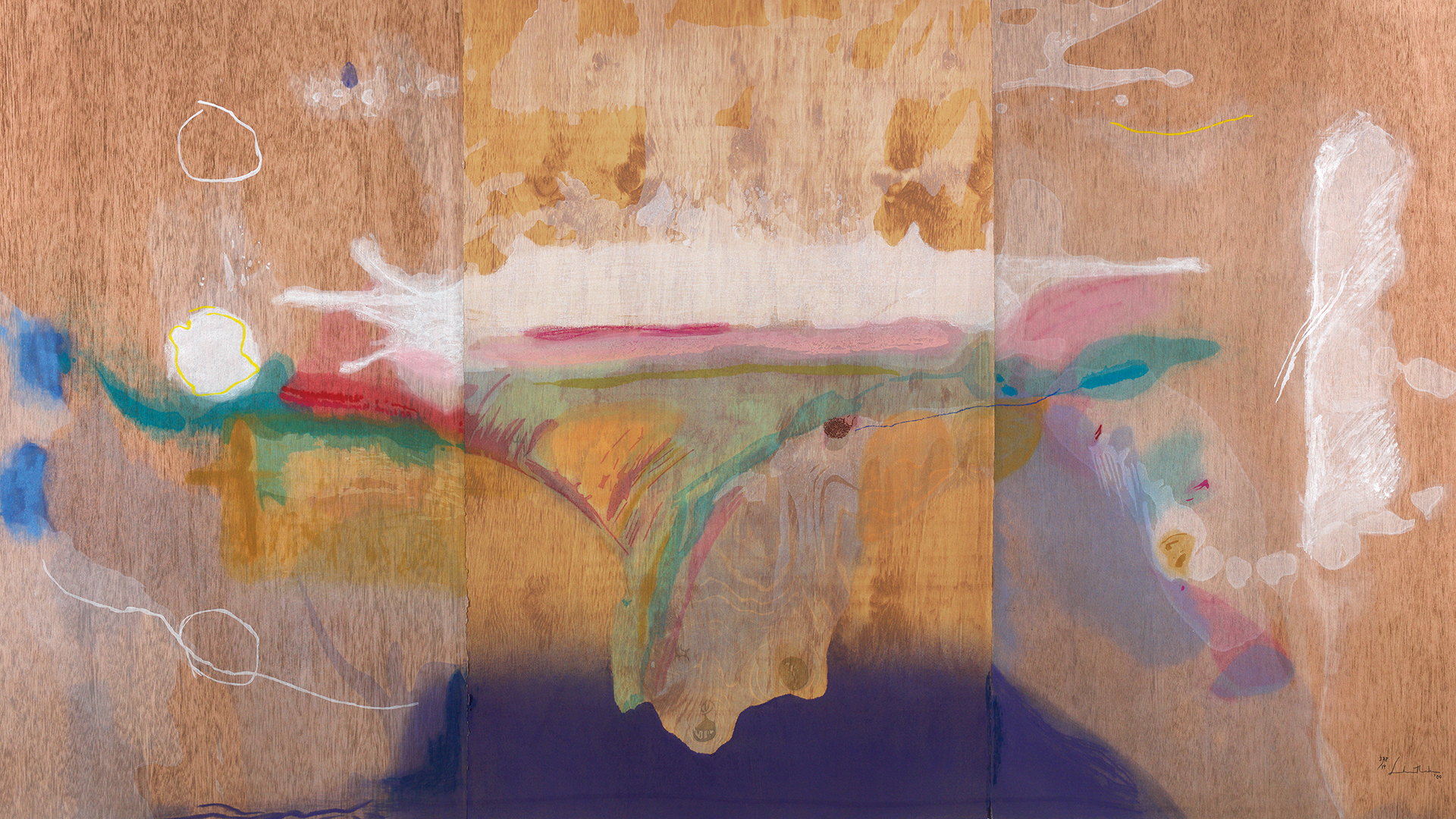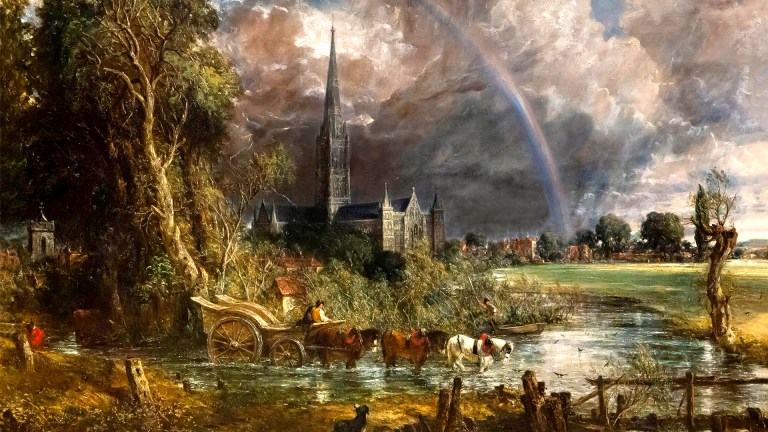I admit to few passions greater than that appertaining to art. So the world may be full of ire over our rulers taking the piss out of Covid controls they themselves have introduced, winter may be turned to spring and summer to firestorms, yet I will as long as I have breath get excited about art. So on an unusually sunny day last week, just before the obnoxiously framed Police Bill passed through to the Lords, I took myself to Dulwich Picture Gallery to see the work of a woman whose art I have been fascinated by since I first saw it 60 years ago.
Helen Frankenthaler, who died in 2011, was an American abstract expressionist, and as I subscribe to the idea that the best art of this movement is produced by women – not the blokes they married or cavorted with – you can imagine my delight at seeing this exhibition. For in spite of loving her work, I have seen precious little of it physically, and like most of us have been left to divine much of its importance through books. But this exhibition makes up for years of not having the chance to stand before a big bundle of the real McCoy.
But how do you describe abstract art? You don’t describe its blobs and colours well if you say they remind you of stuff you see in the physical world. It cannot be compared to stains or dribblings of colour but in some ways my own personal love of this form of art derives from my early association with stains and blobs.
For like Leonardo as a boy, I fell in love with stains – especially in our old fashioned dried-wall urinal at school, where I would produce incredible shapes if I was early enough into school to be the first to take a leak. So by the time I came to art I already had this inkling that stains and smears, blobs and drips could be an expression of great beauty.
Frankenthaler’s work as seen in Dulwich is prints, delicate pieces her oil paintings were the launchpad for. And they are delicate, surprising and full of expression and movement. Subtle – my words don’t match the work. But thoughtful, and not as accidental as one would expect.
A whole group of women painters who were awarded second place in the abstract expressionist movement that brought the art world to postwar America, with the kind assistance of the CIA and the US State Department, are now free to fly. And their prices, like much ‘personality art’, trend upward into the stratosphere (personality art being where a dealer or collector can identify an individual artist as a brand, or celebrity – so for instance Andy Warhol’s work becomes secondary to his personality).









